LDP Leadership Election Two Days Away, Koizumi in Lead but Runoff Likely
Input
Modified
Opposition Unity Collapses, LDP Likely to Produce Prime Minister Koizumi Leads Among Lawmakers and Party Members If No Majority, Runoff Between Top Two Candidates
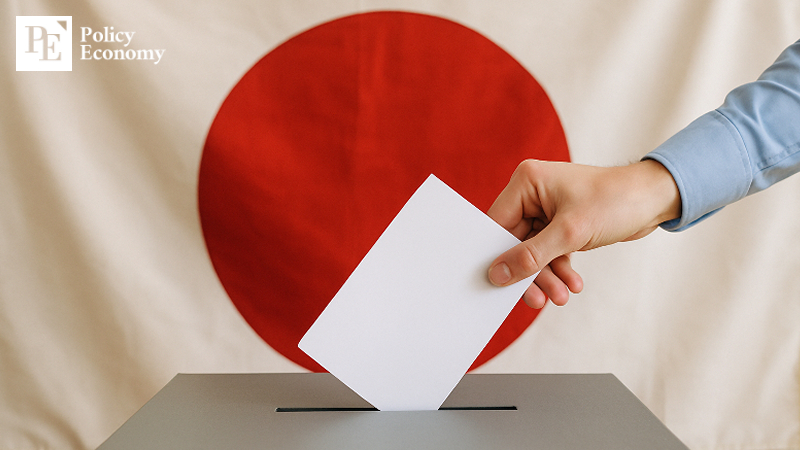
The Liberal Democratic Party (LDP) leadership contest, effectively a prime ministerial election, is now two days away. Agriculture Minister Shinjiro Koizumi has emerged as the frontrunner with strong support from both lawmakers and party members, while Sanae Takaichi, former Minister for Economic Security, and Chief Cabinet Secretary Yoshimasa Hayashi are locked in a battle for second place. Once the new LDP leader is chosen, the incoming prime minister is expected to devise a new growth strategy in tandem with the normalization of monetary policy, bringing an end to Japan’s era of ultra-low interest rates.
Lawmakers’ Support: Koizumi, Hayashi, Takaichi in Order
According to an Asahi Shimbun survey released on October 2, Koizumi currently enjoys the strongest backing among LDP lawmakers. Of the 295 Diet members, 72 expressed support for Koizumi. Hayashi, regarded as the dark horse, secured 57 endorsements, while Takaichi, once seen as Koizumi’s chief rival, received 37. Takayuki Kobayashi, former Minister for Economic Security, garnered 31 votes, and former LDP Secretary-General Toshimitsu Motegi obtained 29.
The LDP leadership vote allocates equal weight to lawmakers and party members: 295 parliamentary votes and 295 votes derived from the party membership ballot. If no candidate secures a majority in the first round, the top two advance to a runoff. In the second round, 295 parliamentary votes are combined with one vote from each of the nation’s 47 prefectural chapters, giving lawmakers decisive influence. In last September’s leadership race, Prime Minister Shigeru Ishiba narrowly defeated Takaichi in such a runoff.
Potential Koizumi–Hayashi Alliance in Runoff
Recent trends indicate that Koizumi’s dominance extends beyond the Diet to the party grassroots. A Yomiuri Shimbun poll conducted on September 27–28 among 3,143 LDP supporters showed 40% favoring Koizumi, followed by Takaichi at 25% and Hayashi at 16%. Translated into party ballots, this equates to 120 votes for Koizumi, 75 for Takaichi, 48 for Hayashi, 14 for Kobayashi, and 11 for Motegi.
Aggregating the Asahi and Yomiuri findings suggests Koizumi leading with 192 votes, ahead of Takaichi with 132 and Hayashi with 105. Kobayashi and Motegi are projected at 45 and 40, respectively. While Koizumi has built a strong lead—roughly 60 votes ahead of second place—he falls short of the 296-vote majority required, making a runoff highly probable.
Within the LDP, many expect that if Koizumi faces Takaichi in the second round, Hayashi’s supporters will gravitate toward Koizumi. Asahi also noted that both Koizumi and Hayashi served in the Ishiba Cabinet and share policy commonalities, making a natural alliance likely. By contrast, Takaichi appears poised to lean on support from Kobayashi and Motegi, as well as courting Taro Aso, the party’s only remaining faction leader.
Meanwhile, efforts at opposition unity have collapsed. Under Japan’s parliamentary system, the prime minister is formally selected in a Diet vote. A united opposition could have mustered a majority, but talks between the Constitutional Democratic Party, Japan Innovation Party, and Democratic Party for the People on September 30 broke down. Unless the latter two back CDP leader Yoshihiko Noda in the Diet vote, the new LDP leader will ascend to the premiership with relative ease.
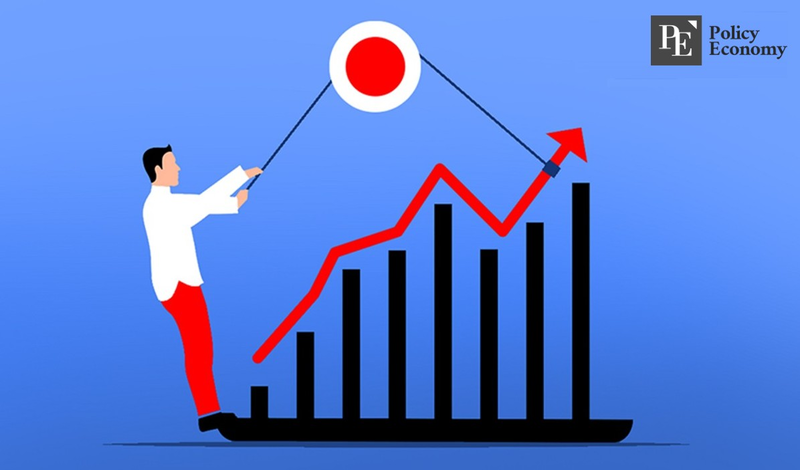
Monetary Policy Shift Looms if October Rate Hike Materializes
Financial markets believe that regardless of who assumes power, breaking with the ultra-low interest regime and charting a new growth trajectory will be the top priority. The Bank of Japan (BOJ) is widely expected to raise its policy rate at the October 29–30 monetary policy meeting, its first increase in nine months. The Nikkei reported that overnight index swap (OIS) markets are pricing in a 60% probability of an October hike, with both markets and policymakers treating such a move as nearly inevitable—beyond the reach of political influence, even amid the LDP race.
The BOJ last raised its policy rate in January, from 0.25% to 0.5%, and has held it steady across five subsequent meetings. However, at the most recent meeting on September 19, two policy board members, including Naoki Tamura, argued that rates should move closer to neutral to ensure price stability—a de facto call for tightening. Market participants interpret these comments as signaling an imminent shift, echoing Tamura’s December 2024 proposal that preceded January’s rate hike.
Expectations that the BOJ could breach the long-standing 0.5% ceiling at the October meeting have rattled financial markets. On September 22, the 10-year government bond yield briefly hit 1.665%, its highest since July 2008, while the 2-year yield climbed to 0.93%, the strongest since June 2008. With both long-term and medium-term yields—highly sensitive to BOJ policy—soaring to 17-year highs, consensus is growing that Japan’s path toward monetary normalization is now irreversible.


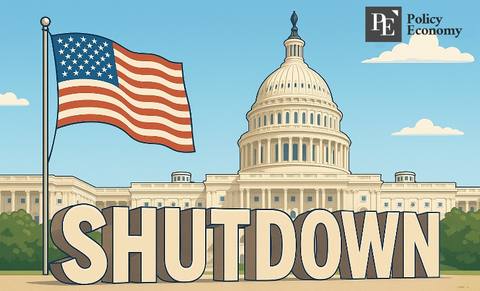
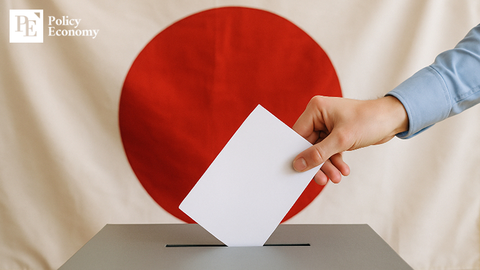
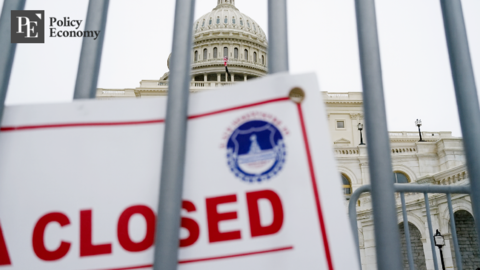

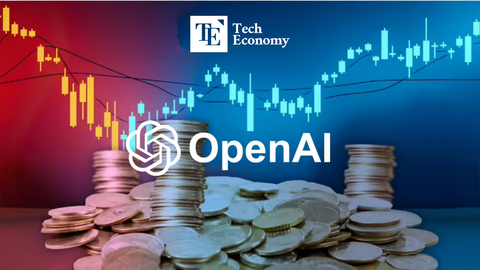














Comment